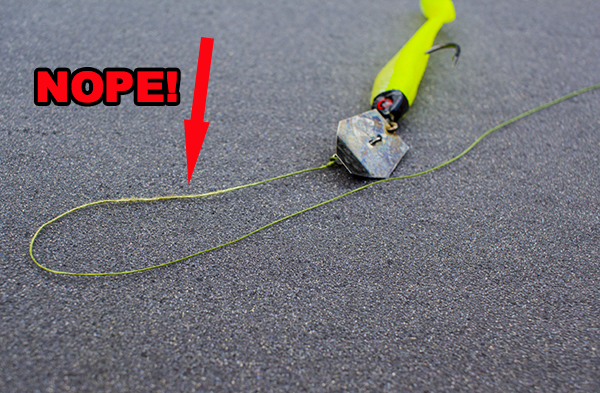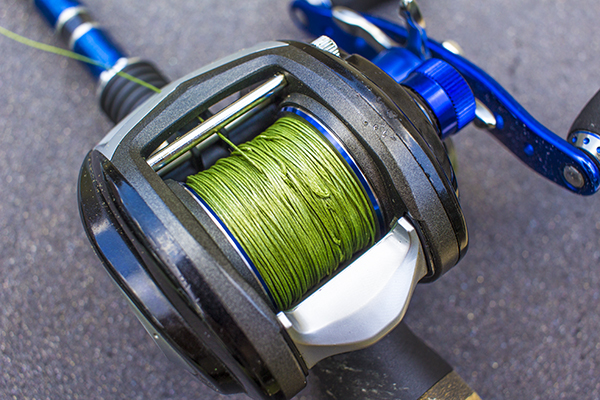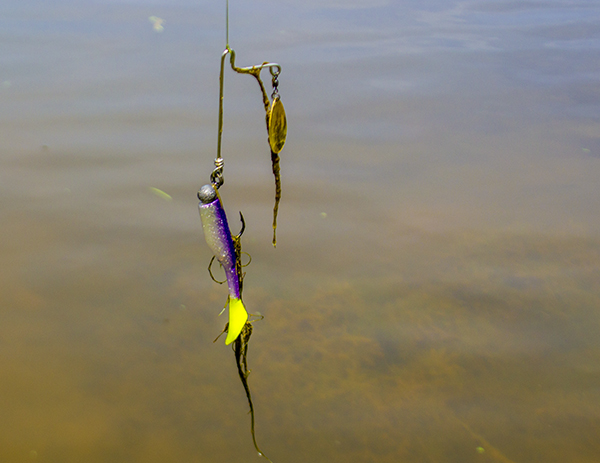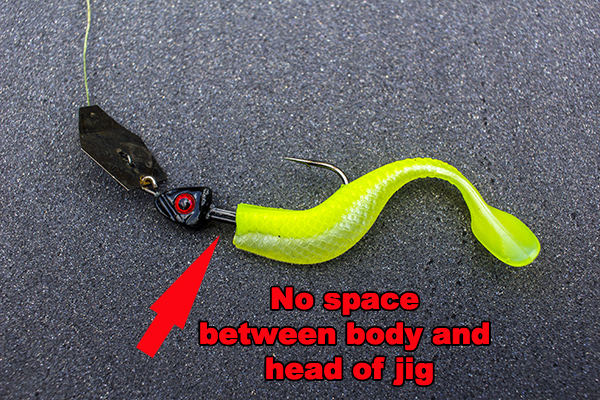They say the devil is in the details. Doing all of the small things just right will make you a better angler and improve your fishing trips. Here are three things to do before you cast!
The redfish was pulling hard, stripping out the 20lb drag despite it being wound all the way down. He wasn't coming to the boat and pulling on the line was like pulling on an angry diesel truck. I knew I had to get him to the boat right away if I wanted him to survive the release.
After continuing our tug o' war I finally flipped him into the boat. He was still frisky and full of fight, flopping all over the deck and knocking things over.
It wasn't long before his measurements were taken, a tag stuck in his back and he was released. He splashed water all over my face in a final "good riddance!" but I smiled, knowing he would live to fight another day.
I picked up the rod used to land the beast and went through a series of actions. It wasn't a conscious action, but an unconscious one, developed over dozens of fishing trips.
Here are a few of them:
Three Things To Do Before You Cast
Checking the Line
I looked over the line above the lure, usually the first yard or so. I am looking for frays on braided line and nicks on monofilament or fluorocarbon. To be sure, I run the line through my fingers and conduct a physical, as well visual, inspection.
It goes without saying that damaged line can break and allow a fish to get away.
Remember, when fish get away they become bigger as the story is retold, so avoid nightmares of that wall hanger swimming away by checking your line!

You can see the frayed line compared to the non-frayed line. Cut off the frayed line and retie.
Dialing in the Drag
This is something to do before you cast. It is such an easy thing to screw up and people do it all the time. It's safe to reiterate that different fish require different drags.
Speckled trout have softer mouths than redfish and don't need 20lbs of drag. However, redfish have tougher and harder mouths that require strong hooksets to ensure they don't get away.
When I am sight fishing for redfish I want to drive that 5/0 hook through the side of their face, so there is no possible way they can spit the hook! But, if I were to do that with a speckled trout, chances are I would rip their lips off!
Also, after fighting a hard-pulling fish like a redfish or jack crevalle, it is good to make a long cast into open water to get the line packed onto the spool correctly.
Braided line will dig into itself and won't peel off the spool next time you try to cast, so its good to get it off the spool and reel it back in.

During a hard fight with a big fish, it is possible for the fishing line to be pulled down into itself on the spool. This can royally screw up your next cast. Cast and pull it out then reel back in to remedy it.
When it comes to setting the drag I like to hear drag go out each time the fish shakes its head or makes a hard run. Not a lot of drag, but just enough.
Most baitcasting reels don't have audible drags like spinning reels do, but the Abu Garcia Revo Inshore does and that is one reason I employ it: so it's easier for me to adjust drag on the fly when fighting fish.
Looking at your Lure
This is a common oversight amongst anglers.
If your lure, or even live bait, is not situated correctly on the hook it will not swim right and, as a result, fish will be less likely to bite it or, when they do, achieving a good hookset is not as likely.
Here are some things to look for:
Is there grass on the lure? Even a little bit can cause the lure to look weird underwater and not induce a bite.

Baitfish don't swim around wearing a ghillie suit and neither should your artificial lures.
Is the lure twisted on the hook? If it is not aligned appropriately it will not swim right or at all.

This is one of many disfigurements that can happen to a lure throughout the day. Fish won't hit a lure again if it is not threaded on the hook correctly. Take the time to look and fix the lure if necessary.
Do these three things after each cast and you will develop habits that shall contribute to you becoming a better angler.
Over To You
Those are three things to do before you cast. Do you have tips to contribute? If so, please post them in the comments section below!
